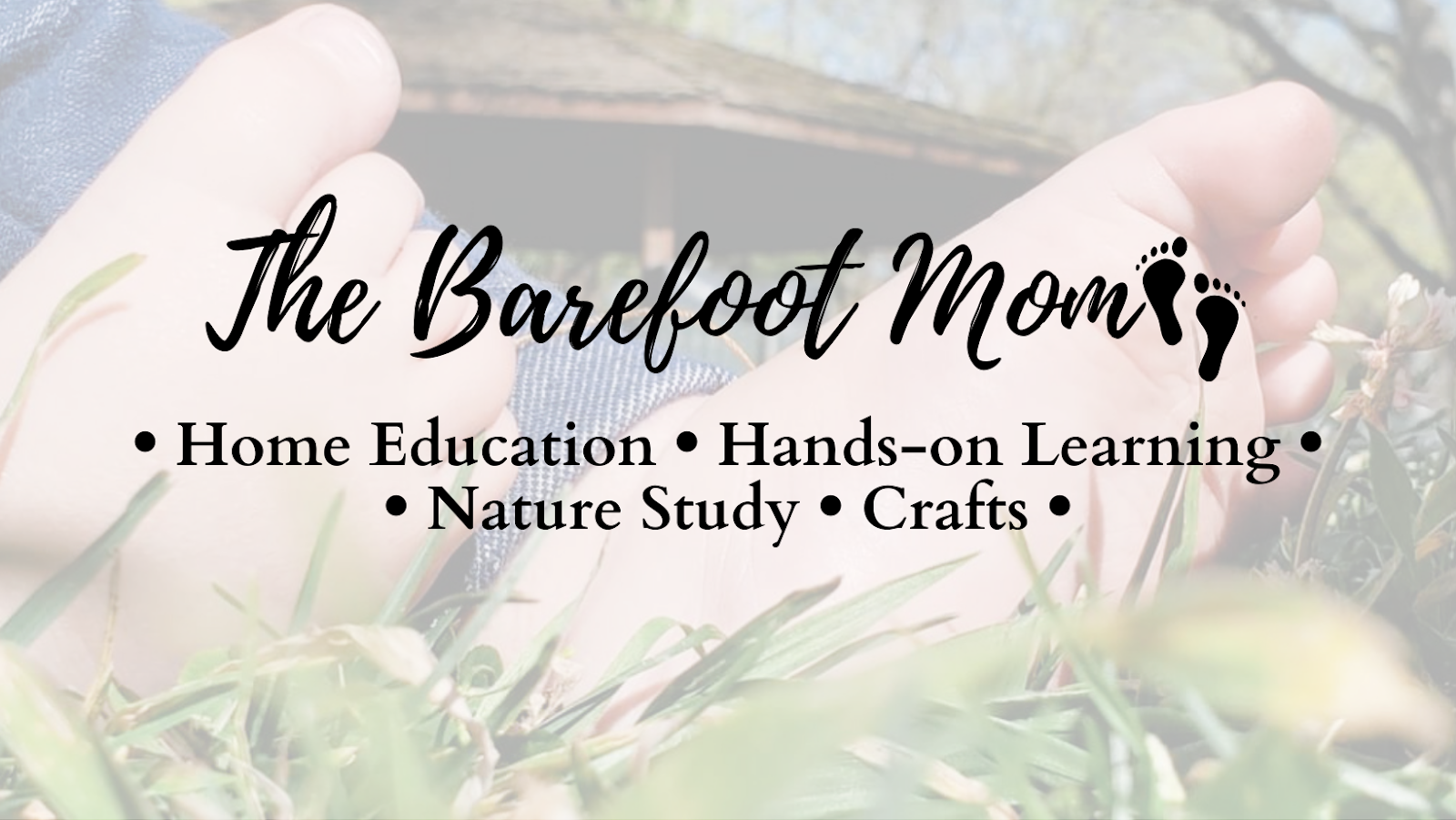My family loves exploring nature and we often end up bringing home lots of nature treasures like colorful autumn leaves, spring blossoms, cool rocks, sticks, acorns and just about anything else that catches our eyes. Rather than just putting more treasures up on our nature display shelf, which is typically pretty full, I often try to come up with fun craft projects to use them for. In this post I share some of my favorite nature crafts that we've tried, plus a few other cool ideas I came across but haven't gotten around to trying yet.
Paper Leaf Craft
Nature Crafts from The Barefoot Mom
This post has instructions for several crafts that involve autumn leaves including watercolor resist leaf rubbings, autumn leaf placemats, and a color extraction STEAM project.
This post has instructions for several nature inspired Christmas ornaments including acorn jingle bell ornaments and pressed flower ornaments.
Make seed bombs with scrap paper! These make a really great Earth Day activity!
Use nature items like leaves, sticks, and shells as stamps with some washable paint!
This activity doesn't actually use nature items, but I included it because it's a nature inspired art activity.
Use autumn leaves as inspiration for designing your own colorful paper leaves.
More Nature Craft Ideas
from Messy Little Monster
from Arty Crafty Kids
from A Little Pinch of Perfect
from Red Ted Art
from Nurture Store
from Hands On As We Grow
from Fireflies and Mud Pies
from Twig and Toadstool
from Easy Peasy and Fun
from Happy Hooligans
from Little Pine Learners
What are some of your favorite nature crafts?
Follow me on:















Comments
Post a Comment